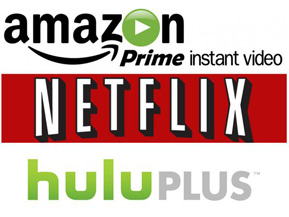|
|
Intermittent Issues: I, For One, Welcome Our New Binary OverlordsBy Ben GruchowNovember 10, 2016
If you were to utter the phrase “Lazy Sunday” to someone today, in 2016 - at least, someone who doesn’t make entertainment intake and analysis part of their daily routine - what you’d likely get for a response would be hazy recollection. “Lazy Sunday” is, of course, one of the first of the Saturday Night Live’s Digital Shorts, three- to four-minute satirical riffs on various pop culture targets that were frequently the most tonally on-point and almost certainly the best-produced material of any episode in which they aired. This first one was especially notable in what it did for the visibility of a video streaming website that had seen its first millionth view only three months prior. YouTube was gaining in popularity on its own, but the appearance of the “Lazy Sunday” sketch on the site provided a major milestone in being the first time that broadcast content was available on demand, for free, from such a wide platform. It was also an unofficial milestone; the video was not sanctioned by NBC, and its subsequent removal led to the creation of YouTube’s Content Verification Program. At this point, a user who uploaded copyrighted material to the site stood a pretty good chance of having that material removed by YouTube, ostensibly at the request of the studios (the tool was created specifically to allow for multiple requests for removal at once). This development got a negative reception from the YouTube community, but it had a clear argumentative precedent (if the early days of VHS and DVD were beset by ringing concerns of how piracy would compromise revenue from the market ultimately proved groundless, that doesn’t change the fact that they were made).
[ View other columns by Ben Gruchow ]
[ View other Intermittent Issues columns ]
[ Email this column ]
|

|
|
|

|
Friday, November 1, 2024
© 2024 Box Office Prophets, a division of One Of Us, Inc.


